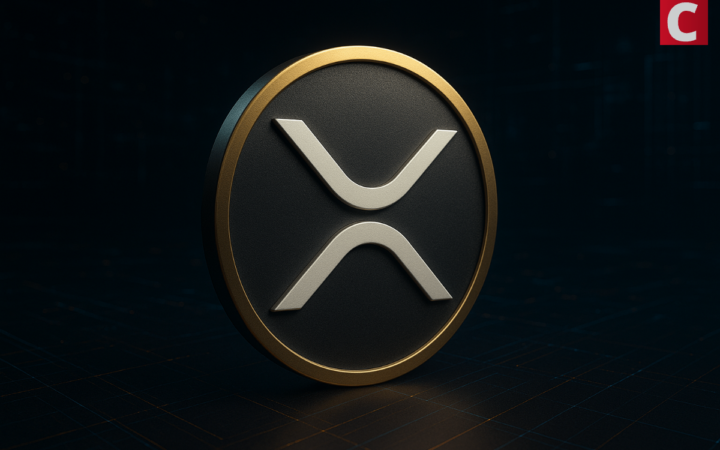Taking strong interest in blockchain, cryptocurrencies, and IoT, Tatsiana Yablonskaya got deep understanding of the emerging techs believing in their potential to drive the future.
No doubt that bitcoin has so far been the most popular digital currency. But it’s definitely not the only one. There are also Litecoin, Ripple, Stellar and some others. However even bitcoin doesn’t satisfy developers to the full and ever and again someone tries to create something better.
Wired recalls a coder named Jed McCaleb who developed Ripple as a better version of bitcoin. He was also that guy who developed Stellar as a better version of Ripple. Now the project called “interledger protocol” aims at creating a technology that will somehow unite online ledgers enabling users to send the money between the systems.
Thus the planned single worldwide network will not only join all digital currencies together, but will unite as well all enterprises and individuals using these currencies. “This will be something that sits on top of all the ledgers and abstracts the differences,” says Ripple’s chief technology officer Stefan Thomas. “We’re trying to create a global standard for payments.”
When the idea of interledger protocol was first published, it found support of such reputable companies as Microsoft and the World Wide Web consortium. Hopefully the realization of this idea will make bitcoin and other cryptocurrencies more mainstream. It will considerably facilitate the transfer of money all over the world. Such projects as Ripple and Stellar have already propelled in achieving this aim.
They are created so that a user could make a transfer in any currency and have it arrived in any currency as well. Thus you can send US dollars and have them arrived as bitcoin. The projects would succeed more if there were more businesses and individuals that use various ledgers. So far users can’t send funds between ledgers. And this is the point when interledger protocol can play a crucial part.
Stefan Thomas says that Ripple first came across the idea of interledger protocol when banks refused to use such ledgers as Ripple. They didn’t like the semi-public nature of the ledgers, which could make their businesses accessible for outsiders. Thomas explains that the only thing banks could do is to “fork” the code for Ripple and create their own internal system. But as Marly Gray from Microsoft admits “a blockchain is essentially worthless if it’s just used within a single organization”.
Ripple sees the solution in giving banks a possibility to work with distributed ledgers without joining them. Instead of creating a global ledger, it aims at connecting all existing ledgers. In a system, stipulated by interledger protocol, two ledgers will exchange money through a “connector”. But at the same time they won’t have to put their trust in the connector.
The three parties – the two ledgers and the connector – will create an escrow of funds and then exchange the funds when all agree that the proper amount of money is available. Thomas says, the system will work with any online ledger, and ledgers would only require small changes in order to use it.
The concept of interledger protocol was developed thanks to investment of several million dollars from Santander Group. The Spanish banking group, the largest bank in the Eurozone by market value and one of the largest banks in the world in terms of market capitalization, must have believed in Ripple’s idea.
Mariano Belinky, managing partner of Santander Inno Ventures, states that Ripple’s technology can revolutionize the banking infrastructure. “Ripple possesses the talent, technology and momentum to address many of the scenarios and we are actively exploring where and how best to apply Ripple technology inside the bank,” he says.





